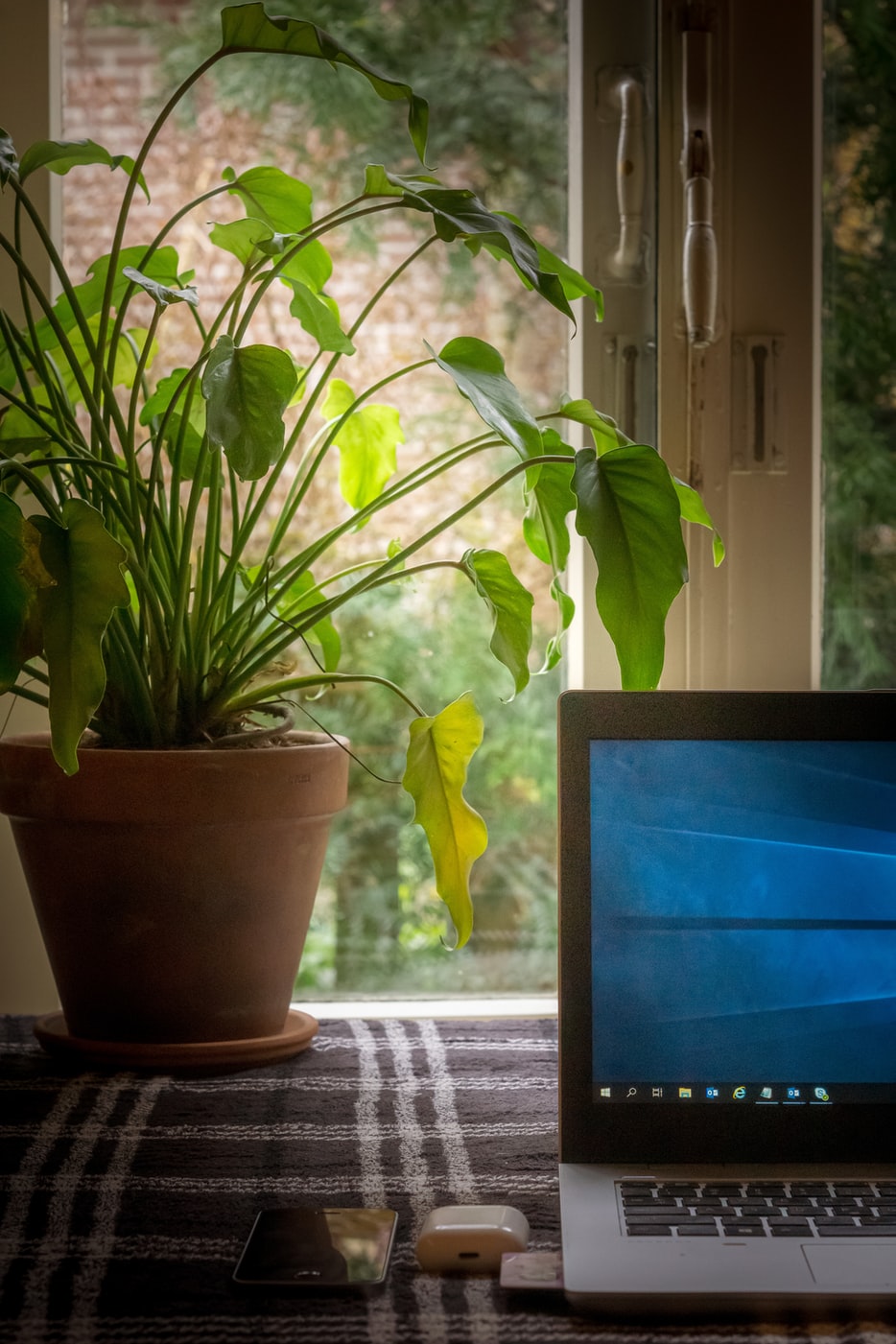
The difference between compost and fertiliser and when to use them.
Compost
Just like people and animals, soil also needs food for it to become the optimal environment for your vegetable plants. Healthy soil means that you will have a healthy harvest. Compost is the food that a flourishing vegetable garden needs. It is decayed organic matter that conditions and gives your soil an added nutritional boost, you can’t have too much of it in your soil. Compost also helps retain moisture in your soil and maintains the temperature of your soil.
You can make your own compost heap at home using uncooked vegetable peels, dry grass clippings, uncooked egg shells, used teabags, dead flowers, twigs and leaves.
The darker the contents of your heap become, the more lush in nutritional value the compost is.
Remember, compost should not have a foul smell at all rather it should have a rich and “earthy” smell. If it does have a foul smell, it means that something that shouldn’t be in there is rotting which is recognisably not a good thing.
Remember compost needs water, air, soil some sunlight and for you to turn it occasionally to aerate it. So, location is very important.
What not to put in a compost heap:
- Meat
- Glass
- Plastic
- Diseased plants
- Dairy
- Animal waste
These will make your heap smell attractive to rats and other pests that you don’t want in your vegetable garden.
Fertiliser
The difference between compost and fertiliser is that you can use as much compost as you like, in fact, the more compost you use, the better it is for your vegetable garden. Fertiliser on the other hand, must be used sparingly and only when needed. Like medicine, you only take it when you’re not feeling well, and you must take it a certain way as prescribed by your doctor or the pharmacist. This functions the same with fertiliser. Fertiliser is for when you have noticed that something is not well with your plants. For example- Your plants are weak and spindly or stunted in growth.
This is when you should use fertiliser, because it is the “medicine” that can make your plants look and “feel” better. As mentioned before, it must be used a certain way and a certain amount of times. You should completely avoid using it on your plant’s leaves for it will burn them. Black or brown spots on the leaves of your plants are usually an indication of fertiliser burn. You should also only use it once every two weeks until you see a difference in your plants-not more than that.
You can also make your own fertiliser by mixing water with Epsom salts. Epsom salts are a great and an inexpensive way of creating fertiliser for treating plants. They are also an excellent flavour enhancer for tomatoes. Another way you can make your own fertiliser is by gathering your weeds and grass clippings, mixing them with water, letting the mixture sit for 5-7 days and using the liquid on your plants.
You can also purchase our Organic Soil Food; a great formula created for us by Talborne Organics. This mixture of Dolomitic Lime, Vita Veg, and Fertilis, creates the optimum environment in your soil for your plants to grow.







 South Africa
South Africa USA
USA